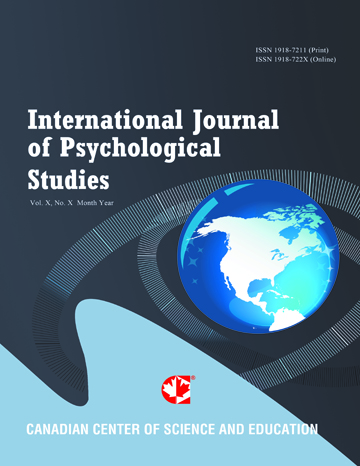Anxiety State and ITS Psychosocial Consequences among Acne Vulgaris and Chronic Urticaria Patients in Abuja
- Ukonu A. B.
- Ibekwe P. E.
- Ezechukwu A.
Abstract
BACKGROUND/OBJECTIVE: the skin defines the essence of beauty and overall perceived attention within a social context. As such, there is a relationship between skin diseases and the extent of provoked emotional psychological disturbances and social concern that the sufferers do have. This study therefore seeks to ascertain levels of anxiety and their psychosocial consequences among sufferers of acne vulgaris and chronic urticaria in dermatological outpatient in Abuja-Nigeria.
MATERIALS/METHODS: this study was a prospective, cross sectional study carried out on consecutive consented dermatological outpatients who had acne vulgaris (N = 62) and chronic urticaria (N = 31) over a period of nine months (June 2013-February 2014) and 50 apparently healthy control matched for age and sex were recruited into the study. Diagnosis of acne vulgaris and chronic urticaria were clinically made. Questions on State Trait Anxiety Index STAI (Y-1) form were used to determine their present feelings and level of perceived anxiety within the society as a result of acne vulgaris and chronic urticaria. Total STAI score greater than 54 suggests severe level of anxiety and univariate analysis of variance was used to determine relationship between anxiety and its social consequences. Data was keyed into and analysed with SPSS 20.
RESULTS: ratio of male: female for subjects is 1:1.9 and 1:1.3 for controls while mean age in years ± Standard Deviation (SD) for subjects and controls were 29.02 ± (9.2) and 28.42 ± (8.3) respectively. There was sex and age match between subjects and controls. Also, there was observable moderate to severe anxiety among those that had acne vulgaris and chronic urticaria as compared to apparently healthy controls. Low self-esteem, inferiority complex, lack of self-confidence, and social withdrawal, were among the common social reactions noticeable among the subject group. Mean STAI score ± s.e (standard error) of subjects was significantly higher than that of the controls 49.7 ± 0.788 and 33.9 ± 1.255 respectively at t-test = 11.2 and p = 0.0001.
CONCLUSION: acne vulgaris and chronic urticaria was highly associated with moderate to severe anxiety with attending social reactions when compared to apparently healthy controls.
- Full Text:
 PDF
PDF
- DOI:10.5539/ijps.v8n1p1
Journal Metrics
1. Citations (March 2025): 10975
3. i10-index (March 2025): 233
For details about the Journal Metrics, please visit the Google Scholar website.
Index
- AcademicKeys
- CNKI Scholar
- Elektronische Zeitschriftenbibliothek (EZB)
- Excellence in Research for Australia (ERA)
- GETIT@YALE (Yale University Library)
- Harvard Library E-Journals
- JournalSeek
- JournalTOCs
- LOCKSS
- MIAR
- Open Access Journals Search Engine(OAJSE)
- Open J-Gate
- PKP Open Archives Harvester
- SHERPA/RoMEO
- Standard Periodical Directory
- The Keepers Registry
- UCR Library
- Ulrich's
- Universe Digital Library
- WorldCat
Contact
- Barbara SunEditorial Assistant
- ijps@ccsenet.org
